Confronting America’s traumatic history of lynching
Berkeley expert Leigh Raiford discusses how photography has captured anti-Black violence throughout history, and how those images are still relevant today
June 16, 2022

UC Berkeley professor Leigh Raiford discusses how photography has captured anti-Black violence throughout history, and how those images are still relevant today. This archived image from the early 1900s was taken of an NAACP flag flown from the window of the group’s headquarters in New York. (Photo courtesy of Library of Congress/ Visual Materials from the NAACP)
Note to readers: This story contains historical images of lynchings.
Postcards are usually used to share memorable experiences, destinations and messages with loved ones from afar. But photographs dating back to the early 20th century reveal a horrific time in American history when these paperback mementos were used for a more sinister purpose: To share pictures of lynched Black people.
It was a way to normalize and spread the disease of white supremacy to the masses, said UC Berkeley African American Studies Professor Leigh Raiford, who for nearly 20 years has researched the impact those images have had on the lives of Black people. In her 2011 book Imprisoned in a Luminous Glare she examines how photography has captured white oppression, Black resistance and anti-Black violence in America.
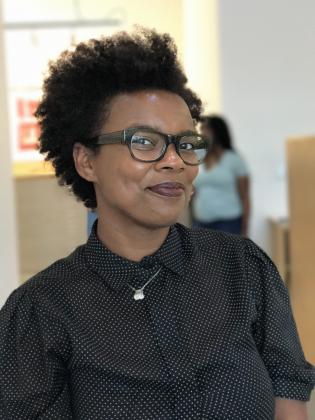
Leigh Raiford is Professor of African American Studies at UC Berkeley, where she teaches and researches about race, gender, justice and visuality. (UC Berkeley photo)
Raiford recently contributed her expertise to the documentary film “Lynching Postcards: ‘Token of a great day’” which explores how white people used postcard images of Black people being lynched, and sometimes burned to death, to memorialize murder.
“Lynching postcards were shared to reanimate that sense of power, control and violence inflicted on Black people,” said Raiford.” In a sense, it was a way to own Black people, even in death.”
Despite this barbaric history, it took until this year for a federal anti-lynching bill to finally pass after over 100 years of 200 previously failed legislative attempts. And as some politicians seek to hide the role that racism has played in American history by banning curriculum such as Critical Race Theory, Raiford said the film — which recently won a 2022 NAACP Image Award and was shortlisted for an Academy Award — brings to light the way photography has been used to capture the barbarity of American racism.
“The brutality shown in those postcards can still be seen today in the proliferation of images that capture police violence against Black people,” she said. “Understanding the history of this violence is critical to moving forward.”
Berkeley News spoke to Raiford recently about the role lynching postcards played in Black activist and civil rights movements, and how revealing the historical terror of racism in America can help us recontextualize our cultural narratives.
Berkeley News: How were the images on these postcards used to aid anti-lynching activism during the early 1900s?
Raiford: Black activists like Ida B. Wells and W.E.B. Du Bois reproduced these lynching postcards for politicians and community leaders to see the calculated cruelty of these murders. Images they had never seen before. For instance, when Wells toured England trying to raise awareness of lynching as a crime, people were telling her, “oh, that’s not really happening. It’s not as brutal as you’re saying.”
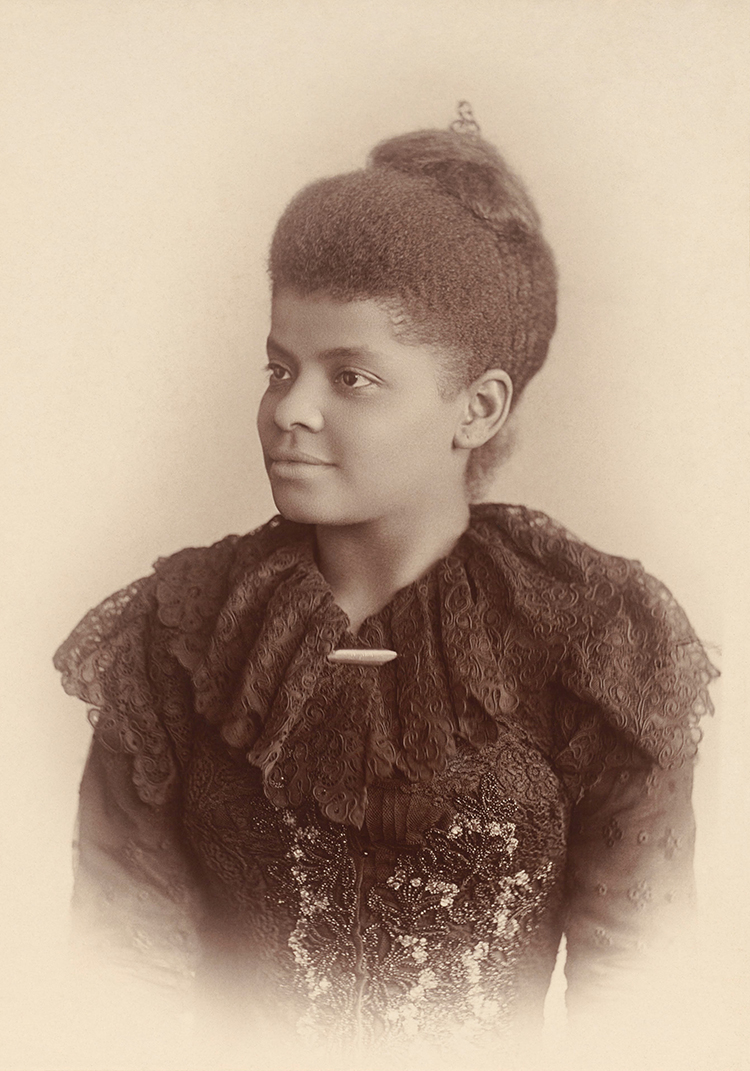
Ida Bell Wells was one of the founders of the National Association for the Advancement of Colored People (NAACP) in 1909. (Photo courtesy of the U.S. Department of State)
But when she produces and reprints the photographs, people become clear of what this is.
One postcard she shared was sent to a white activist who spoke out against lynching and spoke in solidarity with Black people. And it’s basically an anonymous death threat to tell that person that “hey, we’re coming for you next.”
So, these postcards were not only used to share as mementos between white people, they were also used as a mode of social control to scare not just Black people, but other white people who would stand with anti-lynching movements.
The photographs were used as part of a larger arsenal of evidence to pull apart all the justifications for lynching. The fallacy that it was humane, that it was done quickly and that victims didn’t suffer. But when you have photographs of lynched, burning corpses, accompanied by careful recontextulaization, there is no way to debate the brutality of the crimes.
Organizations like the NAACP really sought to make a difference on the legislative level, pushing for anti-lynching laws. In 1921, they took out a full-page ad in the New York Times in support of the first federal anti-lynching bill. They started to develop a second ad that would include an image from a lynching.
But when they realized the bill was not going to pass, James Weldon Johnson, the NAACP executive secretary at the time, said that even showing the public photographs of a lynching would not do anything to change anyone’s minds.
“The debate had no relation to the facts about lynching,” Johnson said, so the NAACP pulled the ad.
For me, that indicates that even as people might produce the visual or photographic evidence of crimes against Black people, that doesn’t necessarily change the way that our society values Black lives. And we still see evidence of that today.
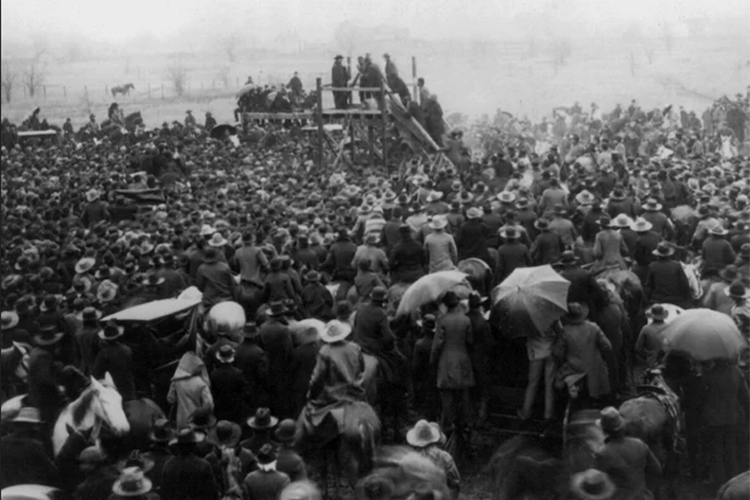
This 1893 photo taken before the lynching of Henry Smith in Paris, Texas was used prominently in lynching postcards of the time. The murder was viewed by a crowd of 10,000 as a public spectacle. (Photo courtesy of Library of Congress)
What is today’s equivalent of a lynching postcard?
Well in the past 10 years we have seen the increased circulation of cell phone images and videos of police murdering Black people. And suddenly, because of my background and research in the history around lynching photography and anti-Black violence, I’m being asked to discuss the parallels.
At first, I felt like I had nothing to contribute to that discourse. I don’t research new digital media. But I realized that the same kinds of questions that activists are asking in this moment about the use of these images: Should we use them? What do they tell us about the possibilities, limitations and failures of visual evidence? Do they save Black people or present our lives as utterly precarious?
If we can change the way we think about Black people, or the value we attach to Black life, we have the ability to be something else. Something better.”
They are the same questions that Wells, Du Bois and the NAACP were asking each other in regards to lynching photographs.
For example, in contemporary conversations around police body cams, the proliferation of images of police violence against Black people is evident. The evidence can tell us that this Black person is doing nothing and is not a threat, yet they are handcuffed, or worse — their lives are taken from them.
But somehow, the visual evidence doesn’t matter if we don’t view Black people as worthy of their own lives. So, whether it’s a 1905 lynching in Mississippi, or the 2020 police killing of George Floyd, the question is still: Does visual evidence alone matter in a fundamentally anti-Black society?
And I think the answer is still no.
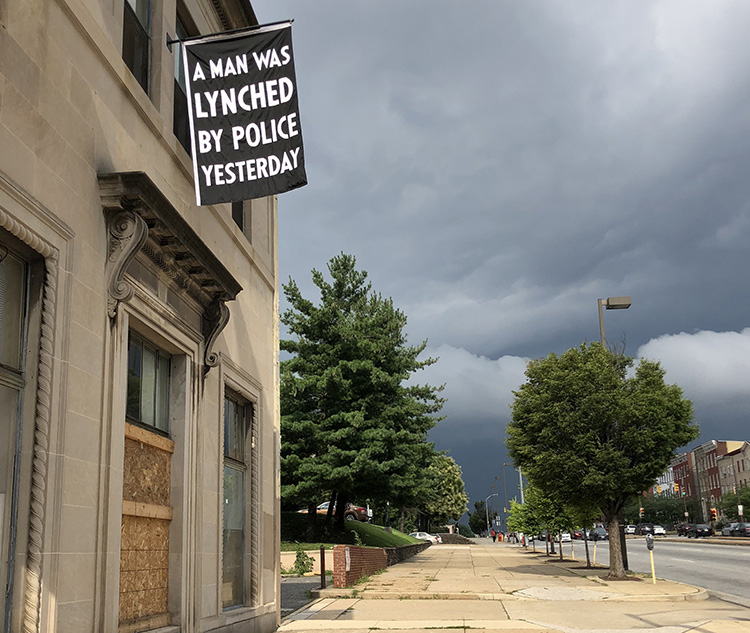
This photo of an art installation, by Dread Scott, shows a flag on a building located at North Avenue in Baltimore, MD similar to the original NAACP flag created nearly 100 years ago. “Whether it’s a 1905 lynching in Mississippi, or the 2020 police killing of George Floyd, the question is still: Does visual evidence alone matter in a fundamentally anti-Black society?” Raiford said. (Photo by Joseph Del Pesco/flickr)
You have researched and viewed lynching photography and many other images of anti-Black violence for over 20 years now. Does that at all take a personal toll on you?
For me, a photograph extends the life of an event. The time, the experience, the motives and reasons an image is captured.
Lynching postcards were shared to reanimate that sense of power, control and violence inflicted on Black people. In a sense, it was a way to own Black people, even in death. So, it is hard to teach this material to my students when I’m constantly dissecting these same images over and over.
It’s difficult work to bear witness in this way.
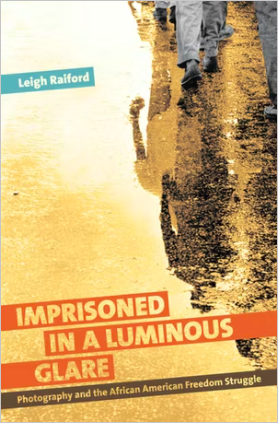
And one of the fears is that to write and research about these images, that we may be reproducing the violence in them. That we’re profiting, in the broadest sense of the word, from the discussion of these images.
What does it mean when you build a career, or a scholarly profile, around images of Black death?
When I was writing my book about this topic, I remember finishing up the chapter on lynching and being just depleted and depressed. And you know, I was really just kind of broken.
But researching and writing about social movements and groups like the 1960’s Student Nonviolent Coordinating Committee (SNCC), reminded me that this history is all connected. That horrible, horrible tragedies can be transformed into beautiful resistance and communities of togetherness.
And having that mindset in my work–and in my living–really saves me intellectually, because all of this history is so important.
Some people don’t think revisiting the history of racism in America is beneficial. But as the country celebrates Juneteenth in the next few days, it is another reminder that this history is still significant today. How does continuing to understand and contextualize this history help us grow as a society?

Hundreds of people march from Union Station to the White House July 29, 1946 to protest the mass lynching of four African Americans in Monroe, Georgia. The marchers, sponsored by the National Negro Congress, carried signs that read, “We Demand No Lynching and No Police Terror.” (Photo courtesy of Library of Congress)
It allows us to confront our past and shape new narratives that change the way we value Black lives.
One of the things that I appreciate about the film is how sharp and incisive it is in presenting this history of both lynching and photography in an informative and accessible way. The importance is not just that we are learning about these horrible racist phenomena that happened in the past, but that our way of mediating and engaging them has changed.
I think this film is doing that in a way that empowers us to recontextualize our past, and tell new stories in different ways.
The history of anti-Black violence is a matter of public record and no amount of ignoring, or banning, or refusing to acknowledge this history is going to change that. And by refusing to tell this story or address our past — we’re never going to be able to imagine and enact new and just futures.
But if we can change the way we think about Black people, or the value we attach to Black life, we have the ability to be something else. Something better.
And so, I think that so much of the work is not necessarily about creating new data, but about helping us all understand the facts and the histories that we are already confronted with on a daily basis.
To imagine them differently, so that we don’t repeat them.
